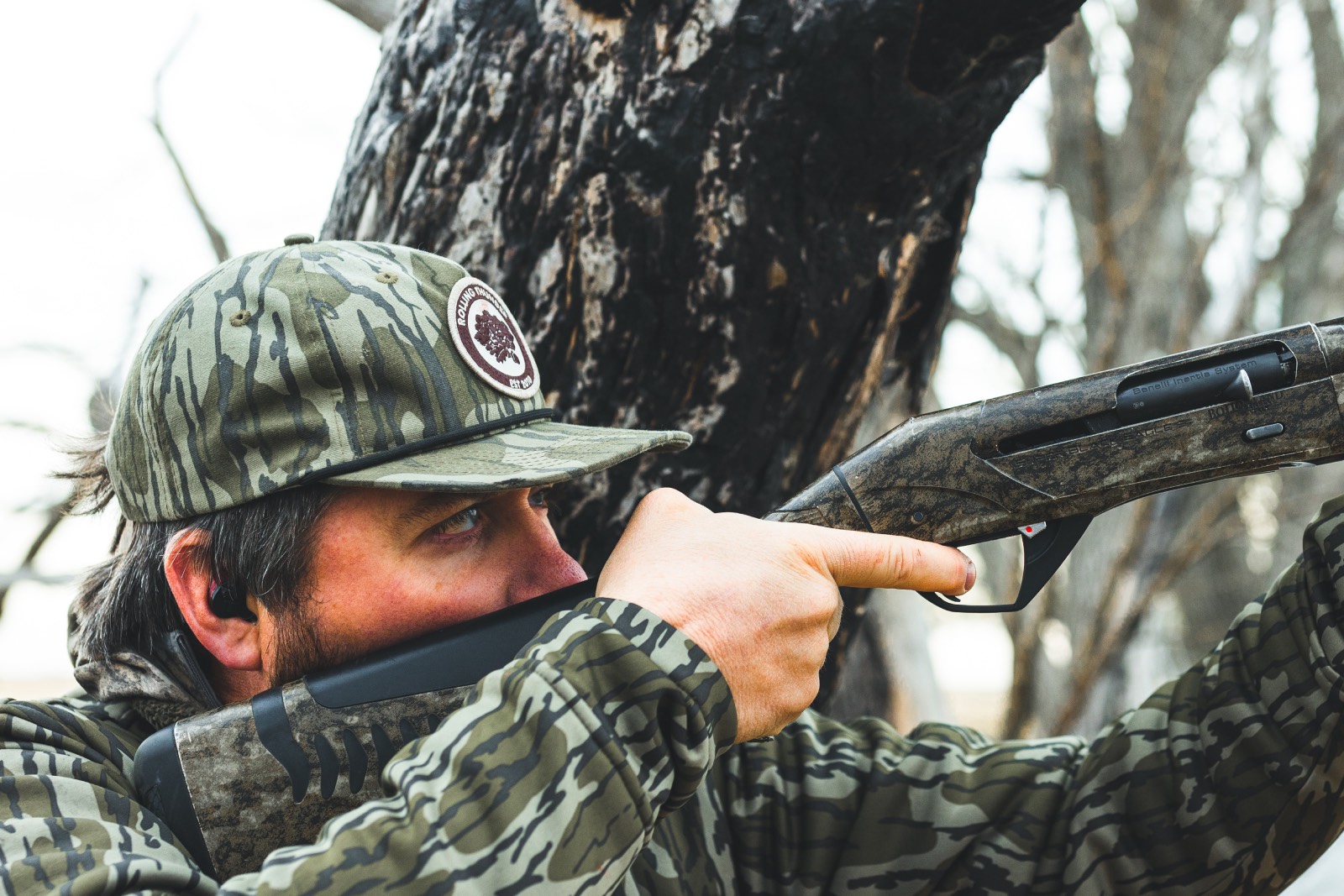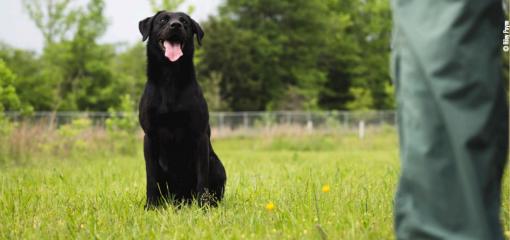
Written by Marty Fischer
Editor’s Note: Marty Fischer is a professional wingshooter, a National Sporting Clays Association Level III shooting instructor and a longtime Mossy Oak ProStaff member, is known as America’s leading gun-club designer, having designed more than 150 sporting-clay facilities.
Shotgun Fitting Tips
When it comes to ‘shooting flying’ many wingshooters who struggle to hit birds consistently do so because of they are shooting a shotgun that simply doesn’t fit them properly. I know, I know… You put the stock into the crook of your arm and if the trigger finger wraps over the trigger that’s a sign that the gun fits properly. I hate to burst your bubble, but I’m here to tell you that there is much more to a properly fitted shotgun than a finger wrapping over a trigger. Let me explain.
First of all, the vast majority of shotguns purchased over the counter are mass produced to a certain fit standard. Those shotguns are designed to fit “the everyman.” which gunmakers have determined is a person 5/9” tall with 33” sleeve length and a medium build. If that describes you, you’re in luck. Sadly, most people don’t fit those measurements.
Obviously different guns are set up differently from the factory to manufacturer’s specifications. That’s why you can go into a gun store, pick up and mount a dozen or so different brands and models and find one that just feels better than all the rest. Does that mean the gun fits? No, but it is certainly closer to perfect than the others.
A fitted shotgun lets your eyes look straight through the rib and bead and out to the target. Your focus is always on the bird and never on the gun to make sure it’s lined up. The main measurements we deal with in gun fit are length of pull, drop and cast. There are other small nuances to the perfect fit, but if you get these right, your shooting will absolutely improve. So let’s look at each of those elements of a proper fit.
Length of Pull
This is the easiest of the measurements to modify if need be since you can add or reduce the length of the gun by shortening the stock or adding length with spacers or recoil pads. The general rule of thumb for a comfortable length for wingshooting where proper gun mounts are needed is when the gun is mounted into the face and shoulder there will be a gap of an inch and a half or so between the tip of your nose and where your trigger hand thumb wraps around the grip of the stock. The key here is that the gun is comfortable to mount at all angles and elevations.
Drop
When it comes to hitting birds and targets, the drop in the stock on a shotgun is probably the most important measurement as the drop is the measurement that aligns the eyes through the rib and onto the target. Drop is measured in three spots – comb, face and heel. The right drop in a stock is the distance from the base of the cheekbone where the gun is mounted and the center of the eye as you look down the rib and through the bead. Most wingshooters want to see a little bit of the rib when the fit is right. If you are looking into the receiver and have to raise your eyes to look through the rib, the stock is too low. If your eyes are above the rib and it looks like you are landing an airplane on it, the drop is too high and the gun will shoot high for you.
You will find that most lady and youth shooters need a gun with a higher comb and less drop than an adult male’s gun. You can see this when they mount the gun with their head tilted over pretty dramatically. The head should be more vertical without tilting to the side when the gun is mounted correctly. They will find a gun with a higher comb is much more comfortable to shoot.
Cast
The third measurement is called cast. This is a turning or bend of the stock that allows the rib to move to the right or left to the center of the shoulder side eye. Cast is needed because when we mount the gun into the shoulder the rib has to move to the side to line up with the eye. For right handed shooters the stock is moved to the right. The opposite is true for lefties. Shooters with wide faces and shoulders usually need more cast than shooters of a slimmer build.
If I want to know how a gun fits, I’ll take it to a pattern board and do some gun fit testing. I’m not trying to see how the gun patterns. I am interested in whether it shoots where I am looking because if it does, my chances of success in the field are much better than if my sight picture doesn’t look right.
How to Determine if the Gun Fits
Here’s how you test it. Stand 16 or so yards from the pattern plate. Put a modified or tighter choke in the gun. You are required to do a proper gun mount here to make this determination. Start with the gun under the armpit and the muzzle just below the spot on the plate you are shooting at. Push the muzzle to the spot, lift the stock to the base of your cheekbone and squeeze the trigger. Don’t bring the gun to your shoulder and move your head abound to line the rib and bead up. A proper gun mount brings the gun to the face. It will stop on the shoulder as it has nowhere else to go.
How to Fix an Ill-Fitting Shotgun
Job one is to find out if there is a gun fit problem. If there is, getting it fitted is determined by the manufacturer. For instance, over and under, side by side and pump shotgun are usually not changeable from the factory. Some may have adjustable combs which can be modified for a good fit. Many of the semiautomatic shotguns on the market today come with gun fit shims in the box that allow the owner to slightly modify the drop and cast with very little effort. That said, if you don’t want to deal with the fit changes yourself, take your gun to a qualified gunsmith or even to your local shooting range. You will likely find some help at both places.
A properly fitted gun for the field is a dream to shoot. With good gun mounts you won’t feel anywhere near the recoil that you feel with a gun that doesn’t fit so well. You will also find that you lead pictures develop more quickly and the gun moves more smoothly. Remember this guys. Smooth is Fast!



























